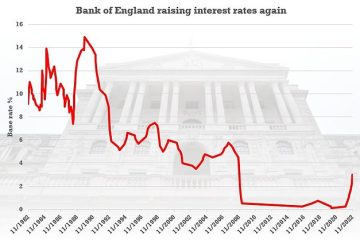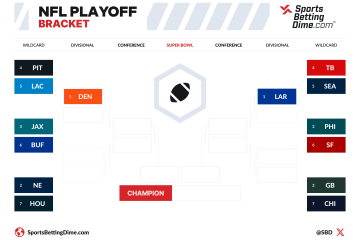The Hunted: Examining a Growing Concern in Society

Introduction
The concept of being ‘hunted’ extends beyond the thrill of a chase in nature or entertainment; it has taken on a troubling significance in our modern society. From issues surrounding wildlife conservation to the complexities of human rights violations, the term embodies various narratives that call for urgent attention. Understanding the implications of being hunted, in both human and ecological contexts, illustrates the urgent need for informed dialogue and action.
Current Events Surrounding the Hunted
Recent reports from various conservation organisations have highlighted the continued plight of endangered species like the African elephant and the tiger, which face relentless hunting and poaching. These animals are often hunted for their tusks or pelts, leading to drastic declines in their populations. According to the World Wildlife Fund (WWF), approximately 20,000 African elephants are poached annually, underscoring the dire consequences of humankind’s insatiable demand for illicit wildlife products.
In a related context, the term ‘hunted’ can also refer to communities that are at risk of violence due to various conflicts. For many indigenous tribes worldwide, their land and rights are increasingly under threat from corporations and governments. Reports from organisations like Amnesty International indicate that these communities often find themselves hunted for defending their territories and way of life, resulting in tragic outcomes, including displacement and violence.
Human Rights Implications
The intersection between the hunted wildlife and human rights issues reveals the broader implications of exploitation. More than just a statistic, the stories behind those hunted illustrate a profound injustice that drives home the importance of advocacy for ethical treatment and environmental preservation. Activists and human rights organisations are increasingly emphasising the interconnectedness of wildlife conservation and the rights of local communities, asserting that protecting one inherently protects the other.
Conclusion
Understanding the plight of the hunted, whether they are species on the brink of extinction or communities facing persecution, calls for a collective effort towards sustainable solutions. This awareness not only drives action among activists and policymakers but also encourages individuals to reconsider their consumption habits. As our world grapples with these pressing issues, the fight against those who hunt—be they poachers or oppressors—remains crucial for the future of our ecological and social landscape. In the coming years, we can anticipate increased legislative and grassroots efforts aimed at alleviating these problems, alongside a growing awareness of our responsibilities as stewards of the Earth.









